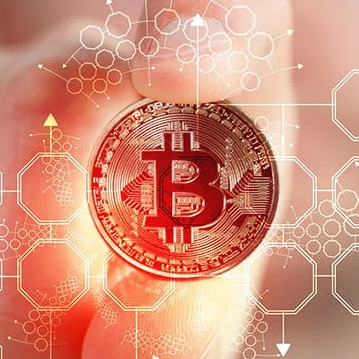
How banks can work with Bitcoin’s original design
Banks have long been wary of digital currencies and other assets, but it’s time for banks begin embracing new business opportunities being created by the original design living now as Bitcoin SV (BSV).
After years of technical debates in the digital currency community, Bitcoin SV is now scaling the blockchain to process greater data capacity, huge transaction volumes at fast speed and with low transaction fees. It is also building a regulation-friendly ecosystem that promotes KYC, AML and other legal compliance to bring Bitcoin out of the shadows and into the light for global adoption.
So what can banks do with a Bitcoin network that provides an honest timestamp ledger and massive scaling capacity?
Consumer Payments: Banks can embrace BSV as the most efficient global digital currency, enabling instantaneous domestic and cross-border payments that cost just tiny fractions of a cent to send. Banks can support Bitcoin wallets for their customers, merchants and new digital payment services using BSV.
Remittance: BSV’s time-stamped ledger can act as a payment rail and settlement system to make international remittances faster and cheaper, and the BSV blockchain can create more efficient remittance and overseas payment alternatives for customers.
Clearance and Settlement: Financial institutions and their enterprise customers can benefit from a faster, lower-cost process for clearance and settlement. Efficiencies from such systems will be of obvious benefit to banks.
Microfinancing: Blockchain technology can make it more economically feasible for banks to do microlending to SMEs, as well as unbanked merchants and consumers in developing areas. Microloans can be set up with smart contracts that automatically repay the lender with small portions of the borrower’s ongoing revenue – which speeds up repayment and reduces the lender’s collection costs.
Tokenize real-world assets: The Bitcoin SV ecosystem supports the tokenization of real-world assets, be they precious metals and commodities, or financial instruments such as stock, bonds, derivatives or structured securities. Banks can be at the forefront of asset tokenization for their customers and leverage new business models as a result.
To read more, please click on the link below…


